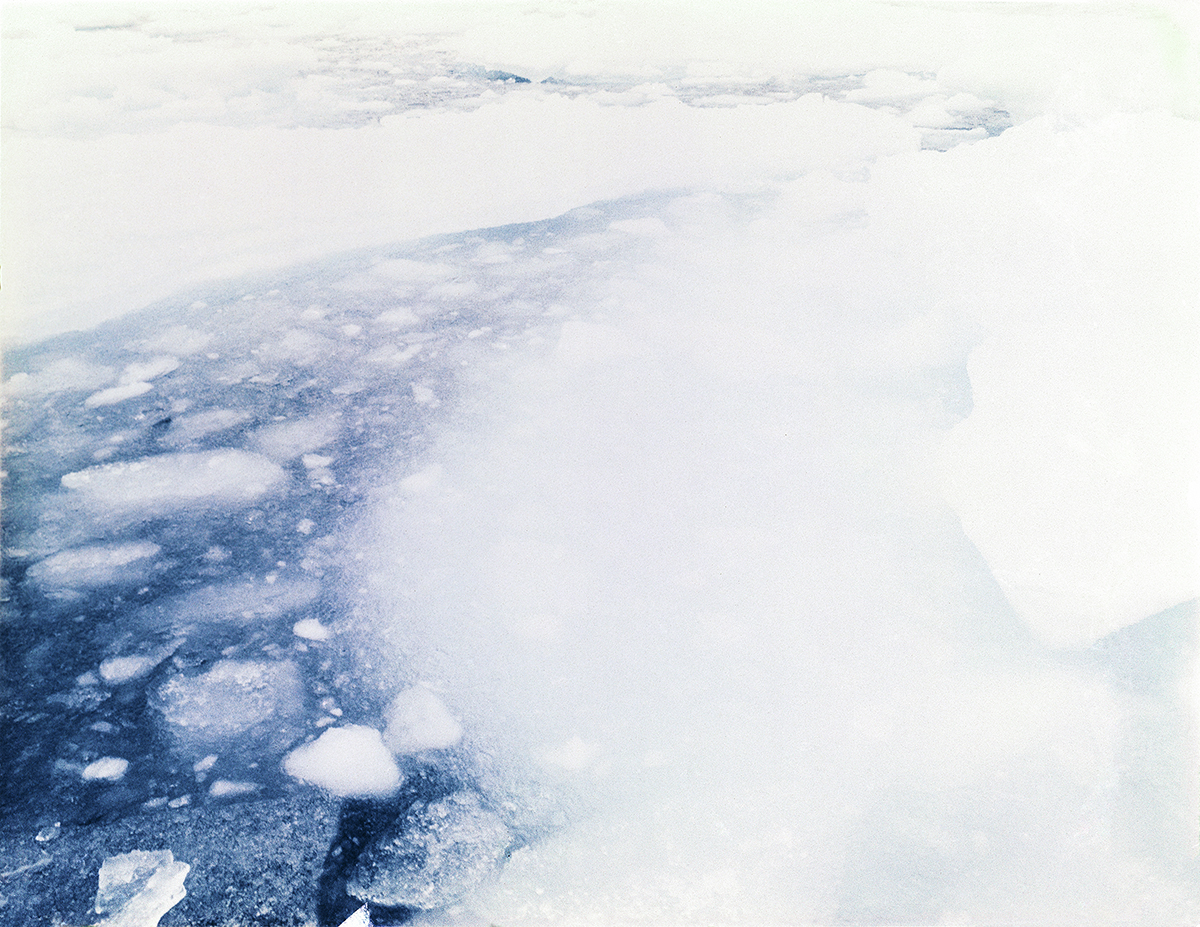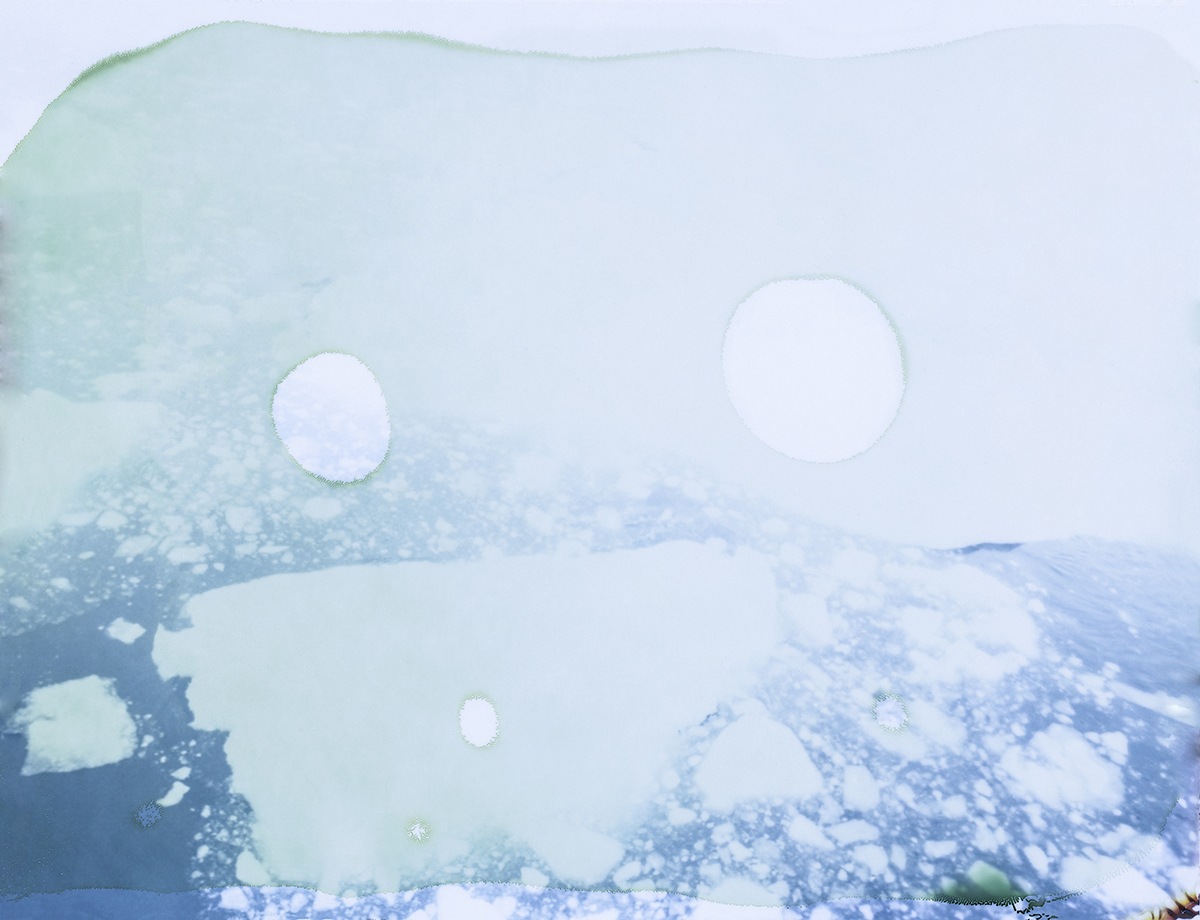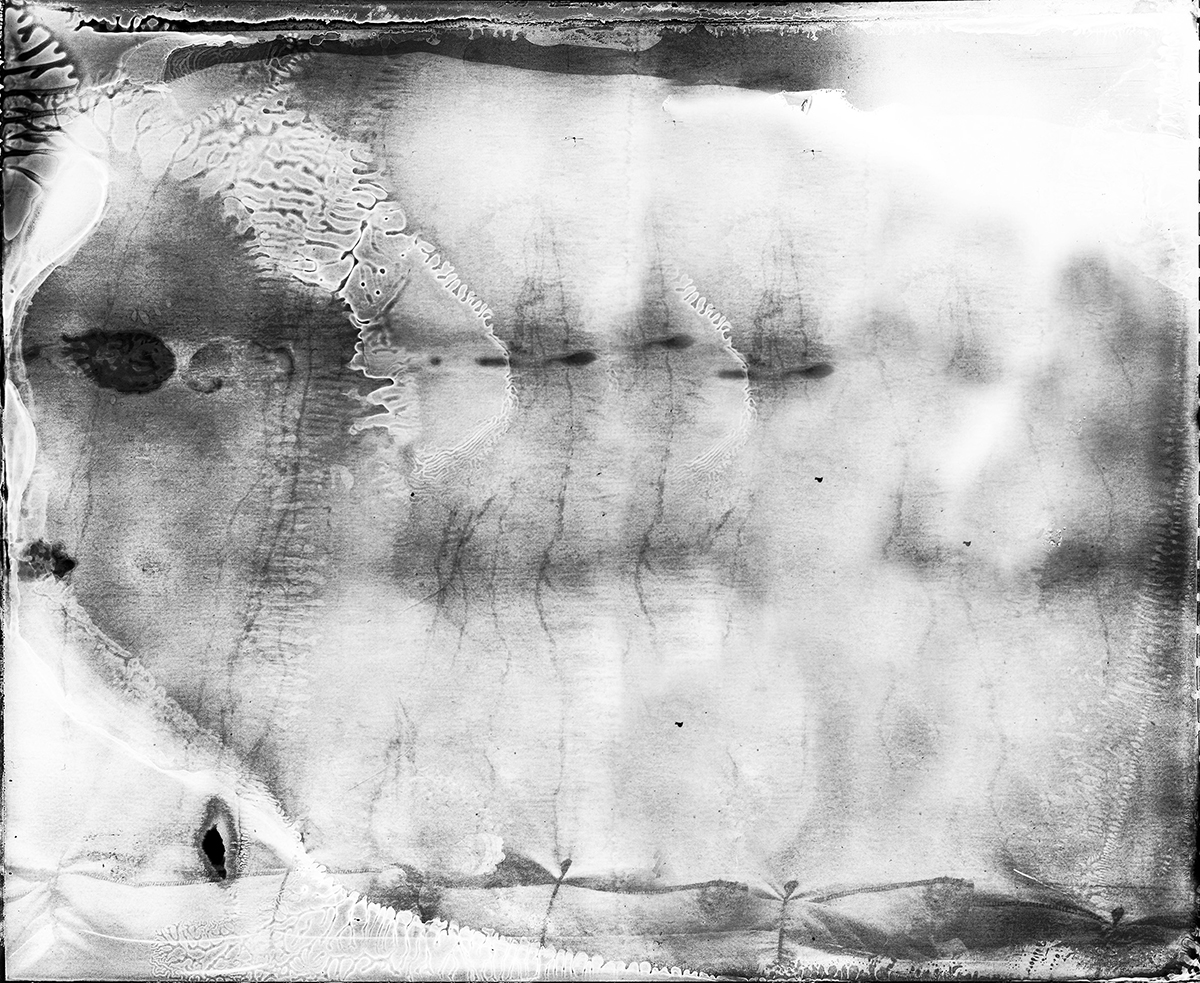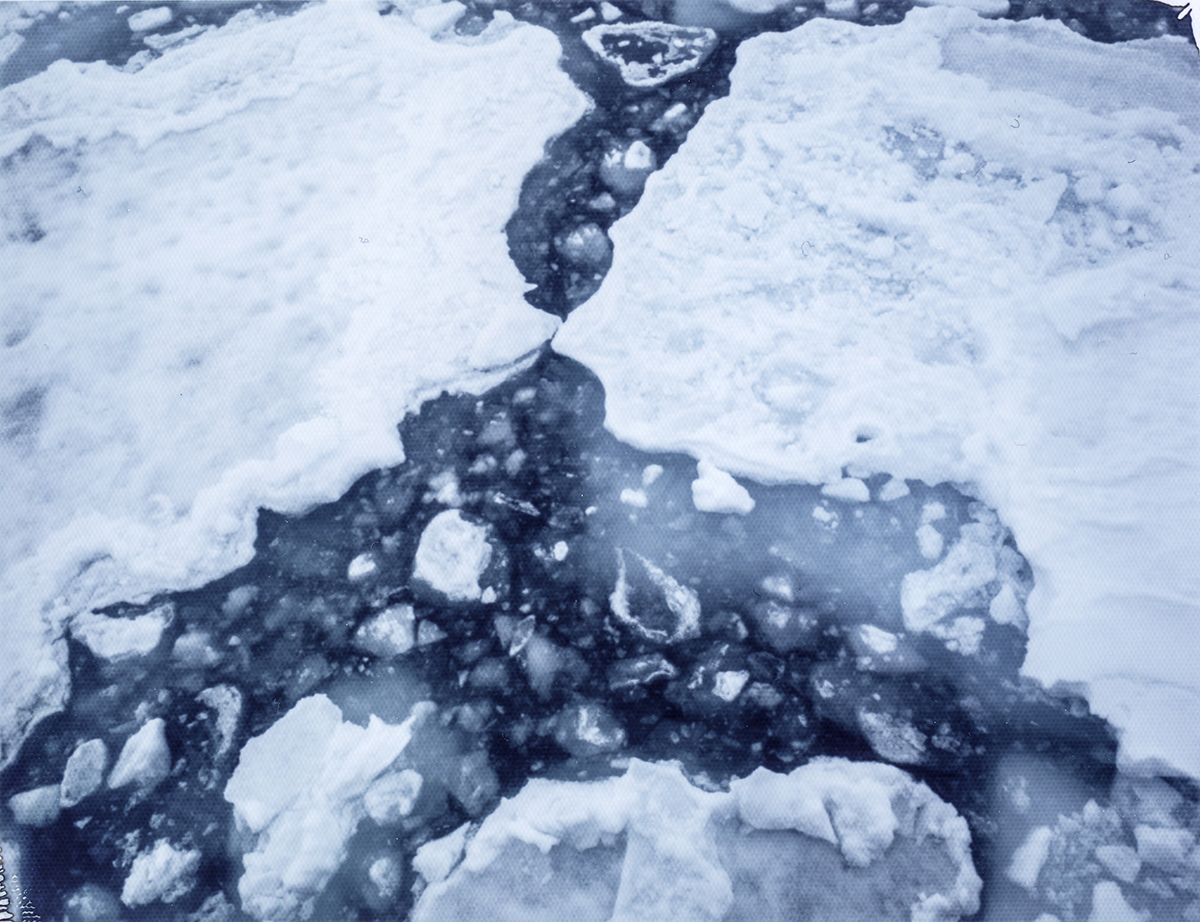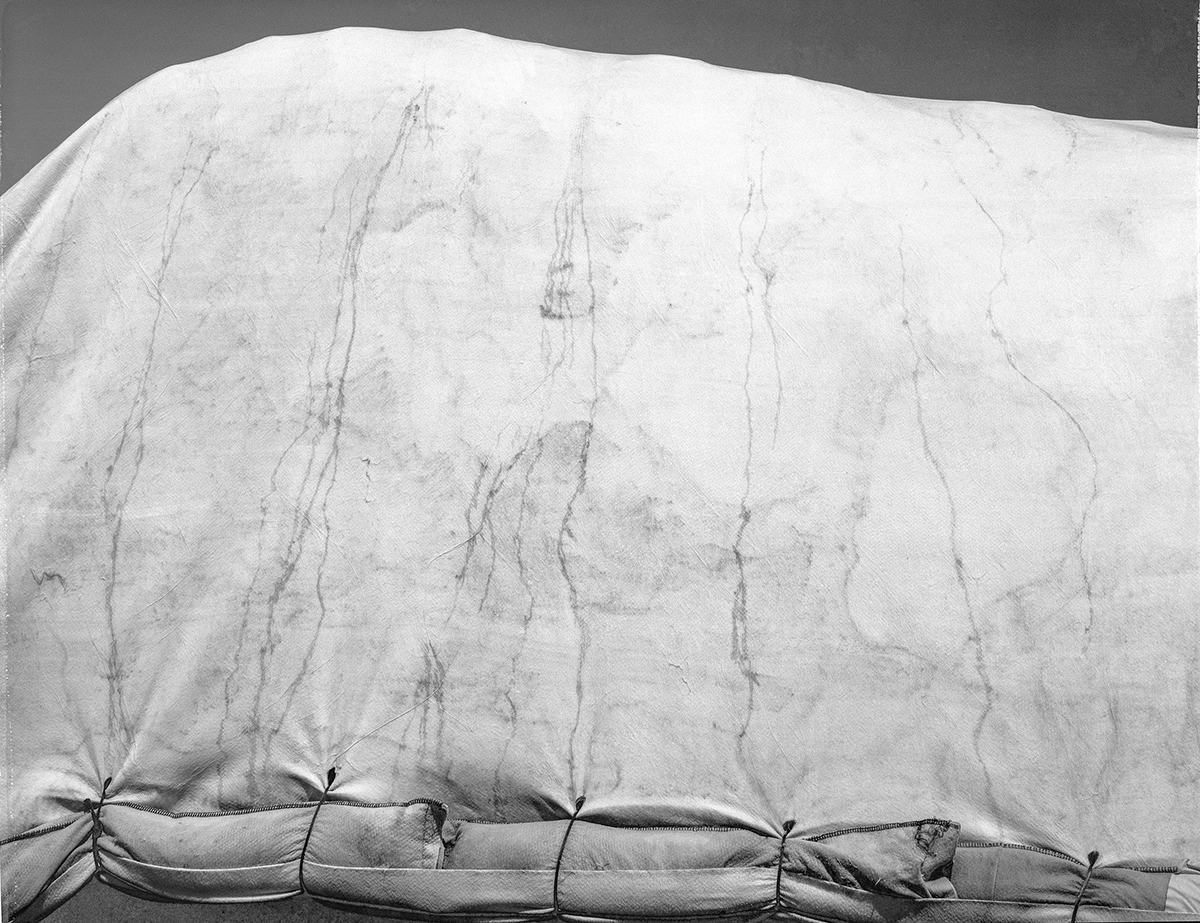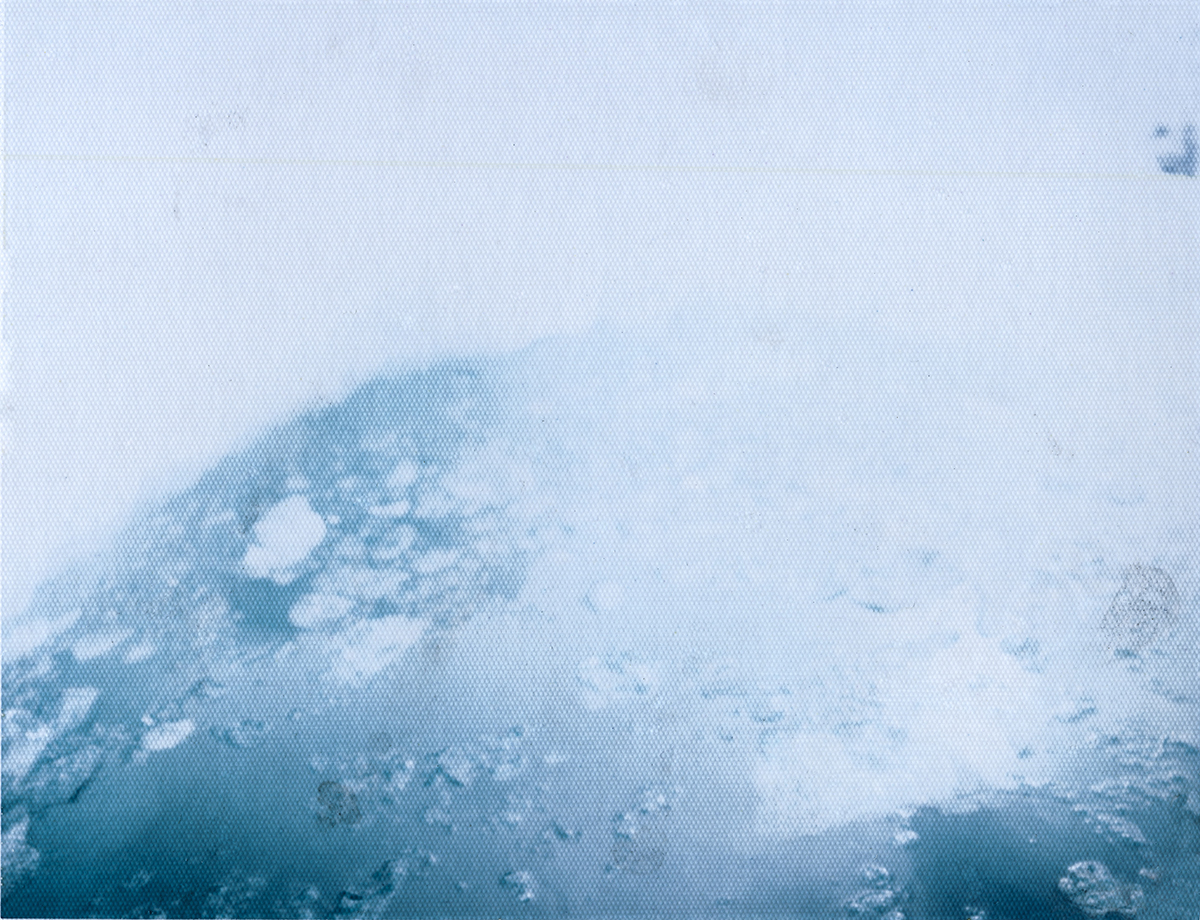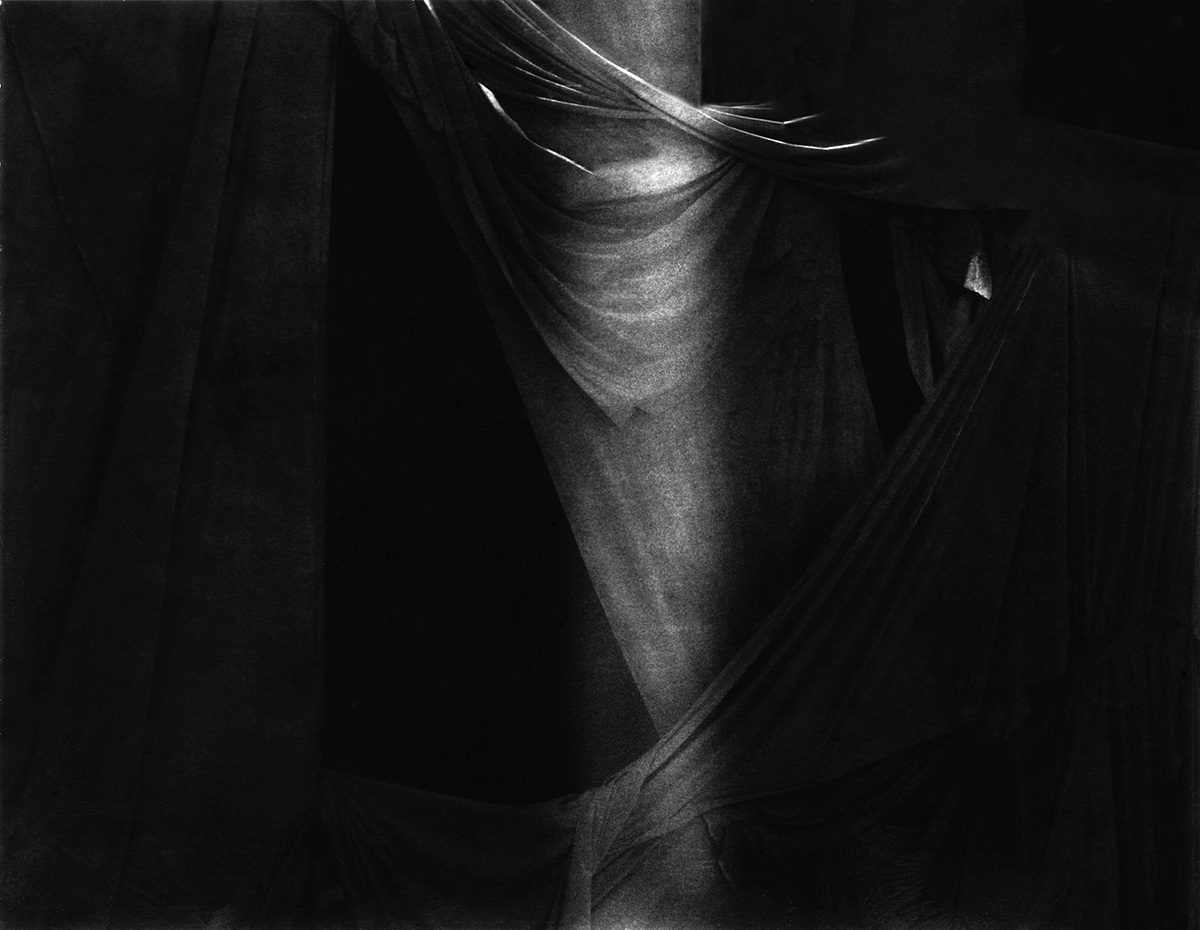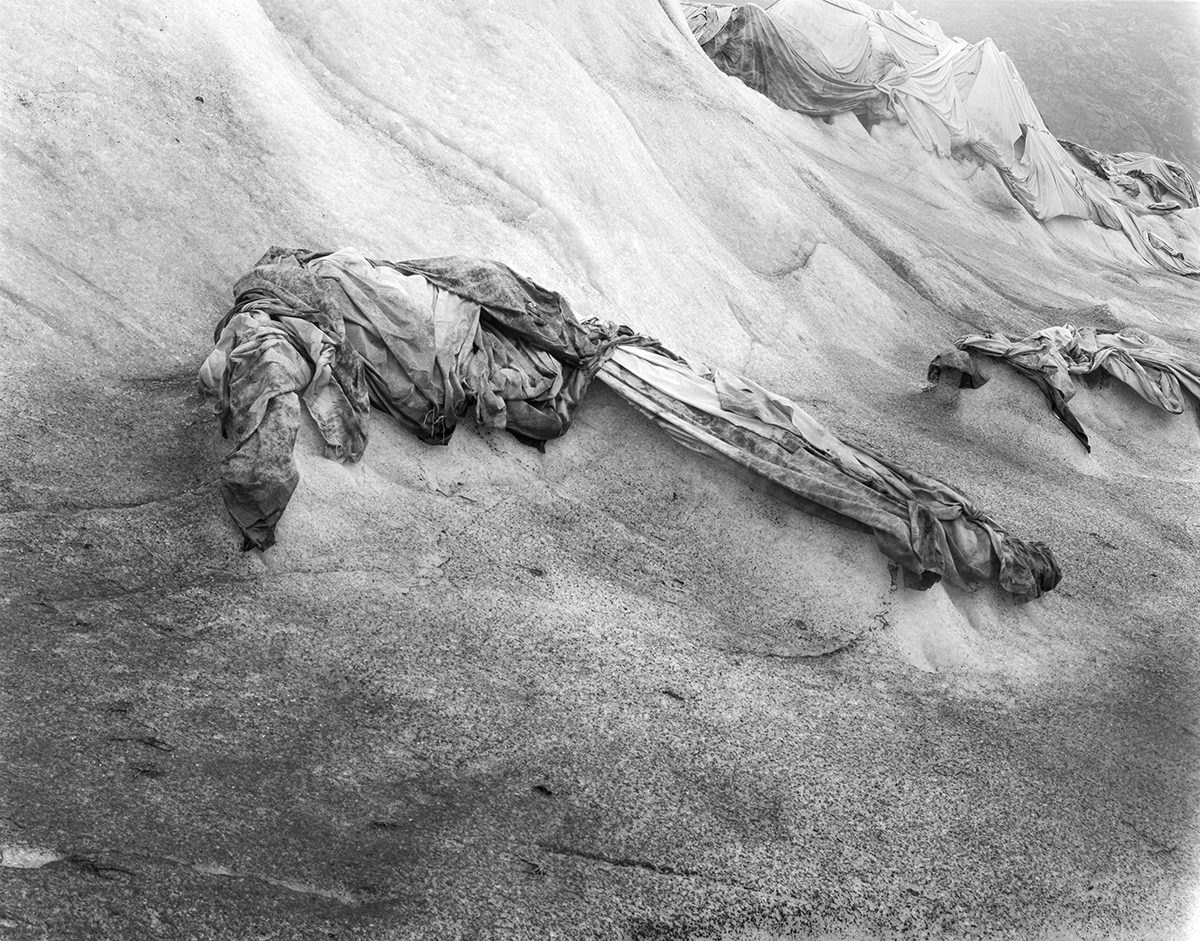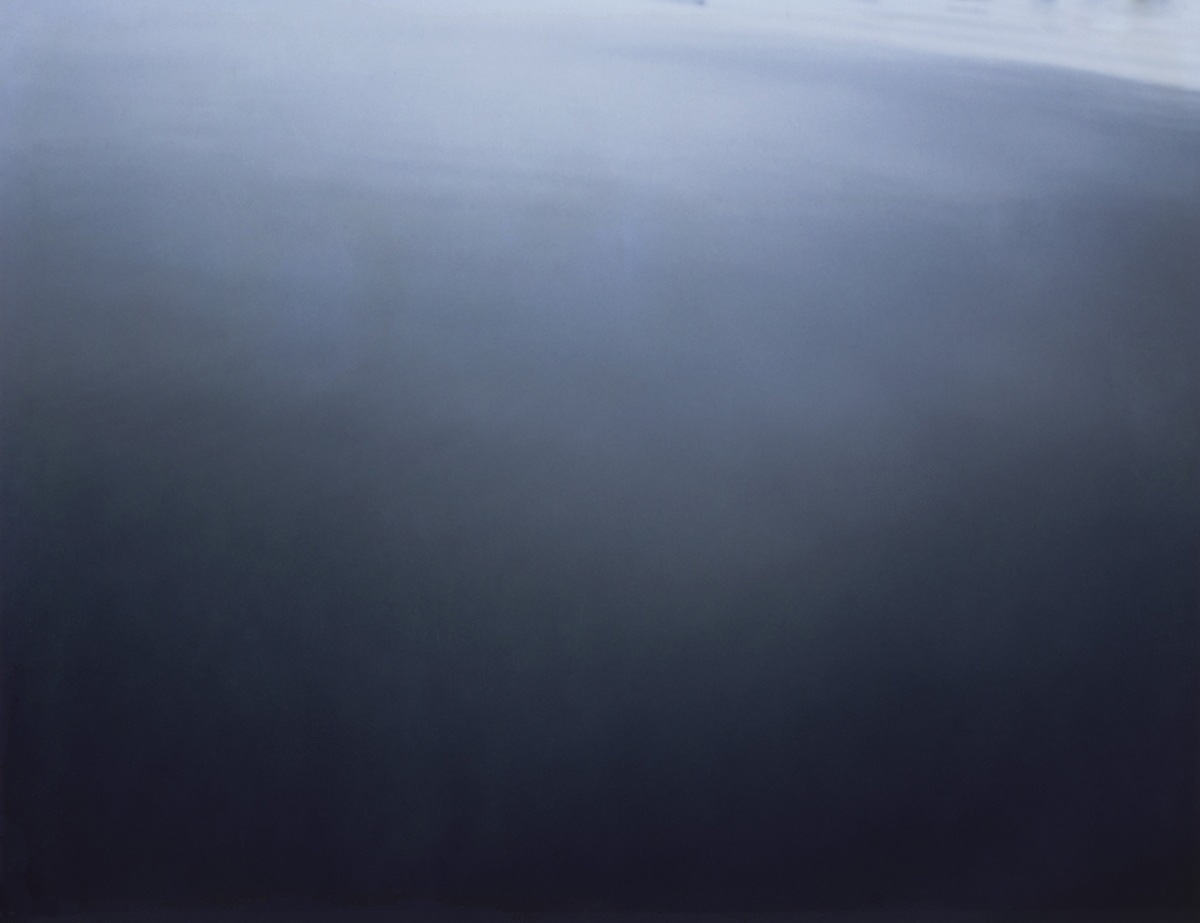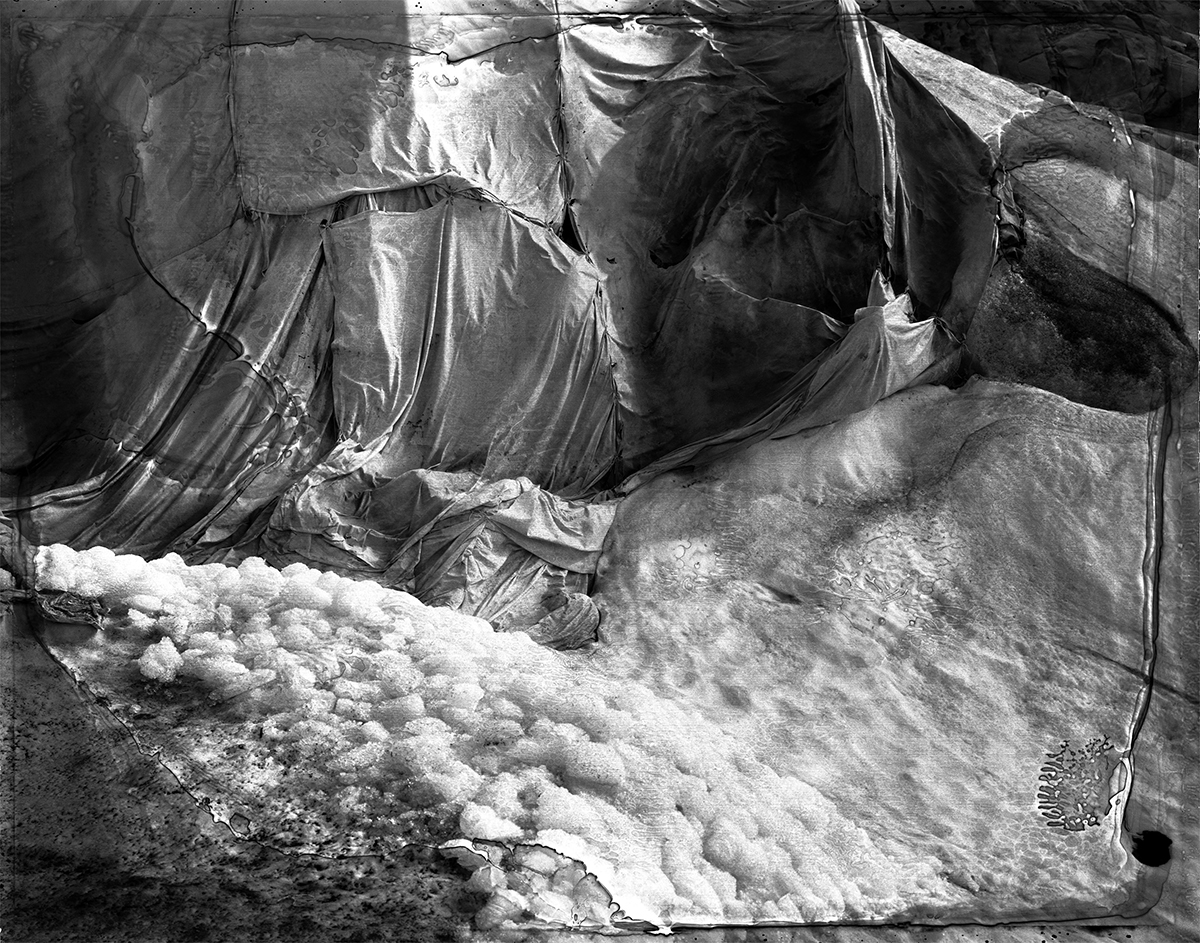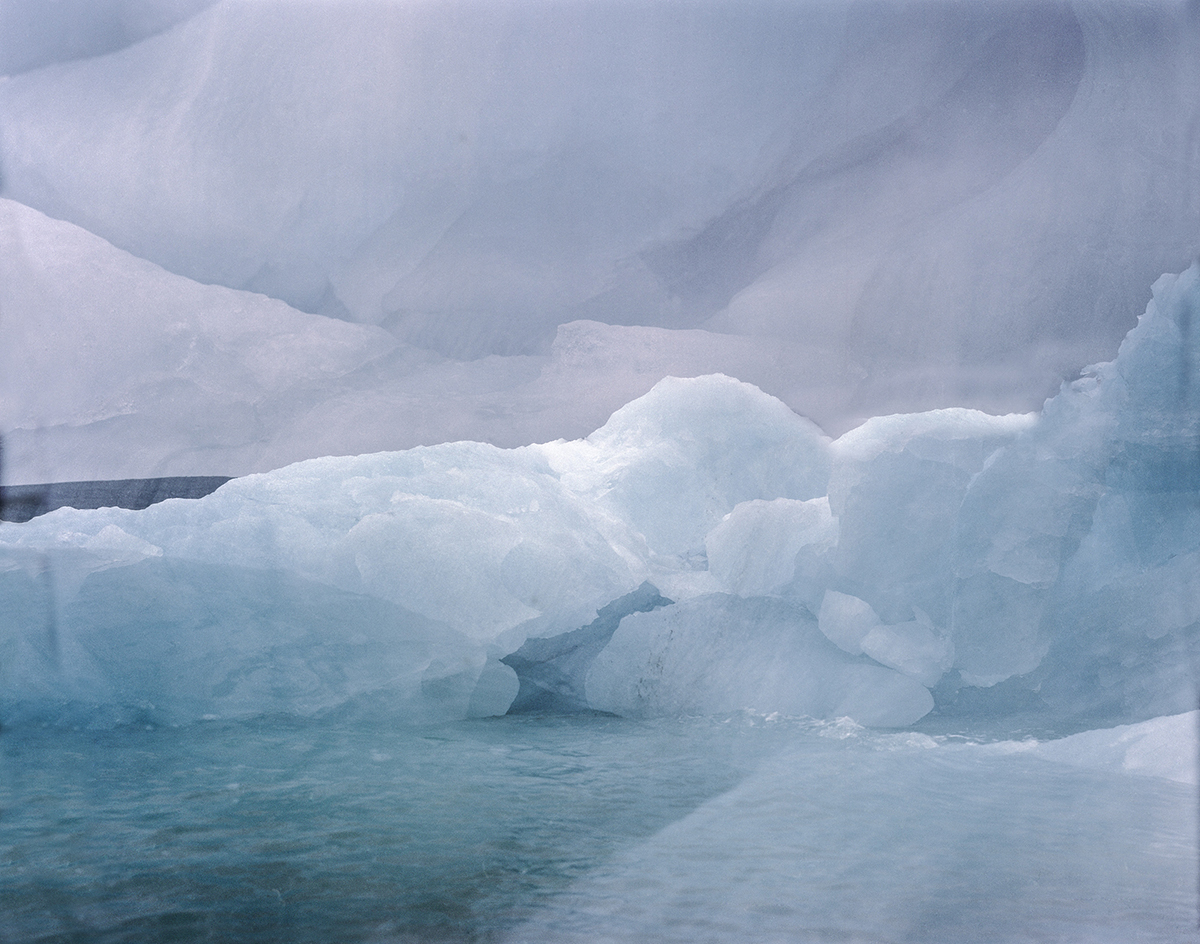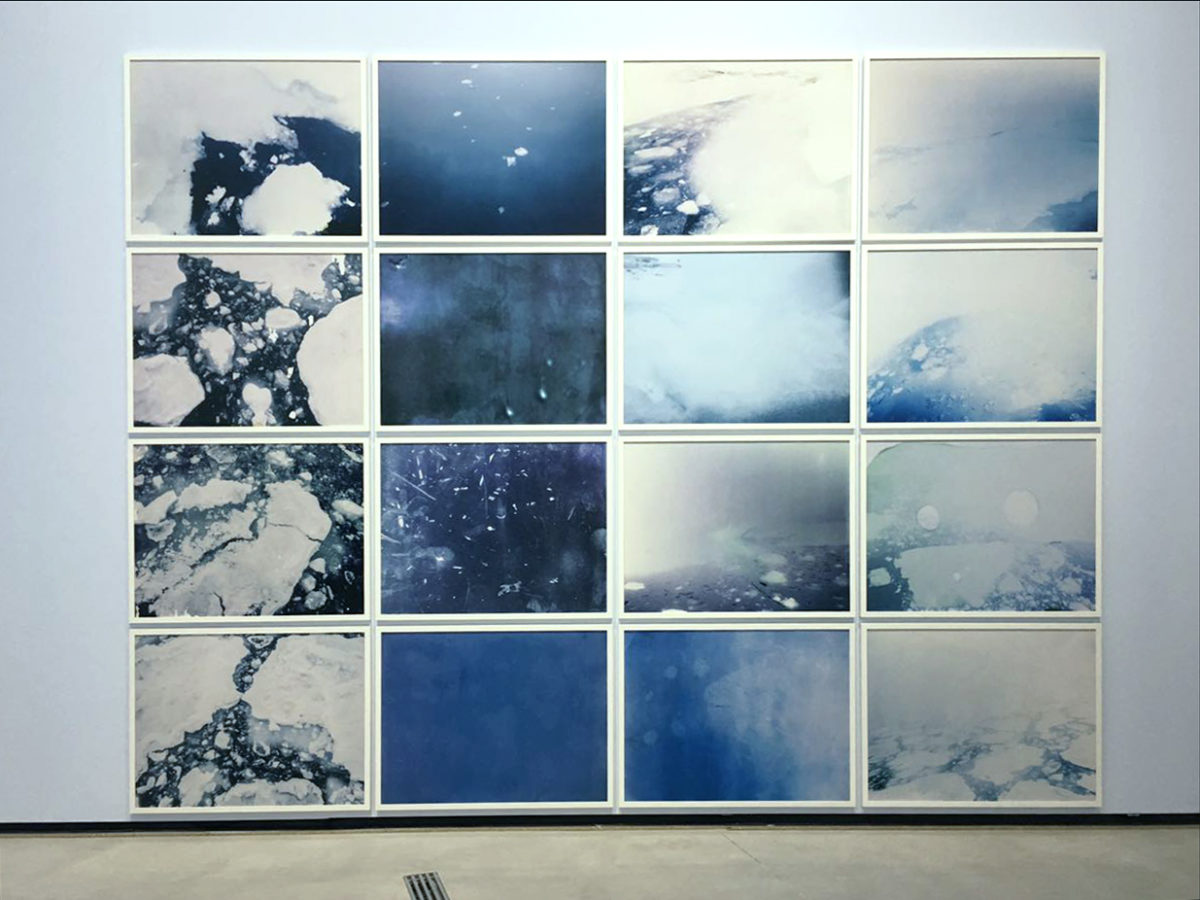Arles Photo Festival 2017 New Discovery Awardee Ester Vonplon shares her works as part of our Ideas on Talent, aimed at emerging photographers.
PW: Ester, thanks for taking the time to talk to us.
EV: Thank you for your interest in my work!
PW: Can you start by explaining how you came to working in the way that you do?
EV: I first left Switzerland to work for a film company in Berlin and after 2 years I enrolled in photography school. I loved to travel and take photographs of my journeys and daily life. From the very beginning I loved to experiment with the analogue material and take tons of photographs with different cameras and formats. After years collecting materials, I showed everything to Walter Keller, my mentor at that time, he told me to start working with large format to reduce the amount of images and to slow down in my working process. That was the beginning of what I’m doing now.



PW: What are your interests in photography more generally?
EV: To be honest, I am not much interested in photography particularly. For my own work I use photography as a tool to create my images but photography itself interests me not too much. I am much more inspired by other art forms or literature, film, music.
PW: I understand you moved from Berlin back to your hometown in the Swiss Alps where you reconnected with the Arctic landscape. Was your photography very different before this time?
EV: In the beginning when I first started photography, it was probably quite different in some ways and in others, not. If I compare the images I took 10 years ago there is a big difference, but somehow I see it more as a process to end up where I am now. To me, it feels more like I started at one point and have gotten more and more to the essence of what I do in a consistent way.


PW: What is it about these landscapes and working in this way that interests you?
EV: I love to be out in hostile environments where society is not able to exist. It’s not only about the images, but it’s to do with the condition when you’re out there; even nature looks on the surface reduce to a minimum.
PW: Can you talk to us about the process of how you make your work? You work across a number of mediums, how do you decide which to use?
EV: For me photography or art all starts with a desire and a curiosity to create or explore something new out there – a very playful process. I love to experiment with all kind of formats and materials.
PW: The work seems to center on disappearing aspects of the landscape with you previously comparing the melting glaciers you saw as bodies being covered in white sheets after death. Is there an intentional element of death and transformation in the work?
EV: Yes and for that part I can see a link between my older work and the work I do at the moment. I am very interested in holding onto the disappearing. It’s probably the core of everything that interests me. Everything is always about disappearing. Life, memories, in the end it’s what it’s all about.



PW: Audio plays a part in your series Gletscherfahrt. What can an audience expect to hear when listening to it?
EV: While I was out there photographing the glaciers I was surprised by the sound. Glaciers are always moving and thats something you can hear as well. Up there on the mountain there’s lots of noise. In summer you have little insects flying around, the ice breaking, melting, airplanes crossing the Alps. All of this I recorded with some highly sensitive microphones and the Suisse musician Stephan Eicher took the records and wrote a 27 minutes long requiem for the glaciers. We worked out the form of the images in a book and a white vinyl record that got published in a small edition by b. frank books in Zurich.
PW: Your installation of the work as part of Arles Photo Festival included very large prints spanning the entire space of a long wall. Could you talk about your installation choice and what your desired reaction to installing in this way might be?
EV: For Arles, I worked on the idea of a big tableau of different conditions of ice. The wall was fading from left to the right the way ice is melting and reflects what is happening out there at the moment. The glaciers I was photographing for years are fading away, the ice on the most northern part of the world is disappearing. It’s a slow process and that fade I tried to transfer to the exhibition space. I’m also very interested in the reduction, abstraction in my own work so the wall ended with a blue color gradient of water. The second wall was a wallpaper with a stone dessert and a large rock in a remoted landscape – no ice, just a dessert of stones. It stands for what is left when the ice has gone.






PW: Finally, what’s next for you?
EV: I have some nice exhibitions coming up this year. These days I enjoy having all the snow outside my front door. To me it looks like a large white canvas and I feel like I’m trying to paint on the snow. Not sure it will be a new project but for sure it’s lots of fun.



For more of Ester’s work, click here.
For more from our Ideas on Talent, click here.

